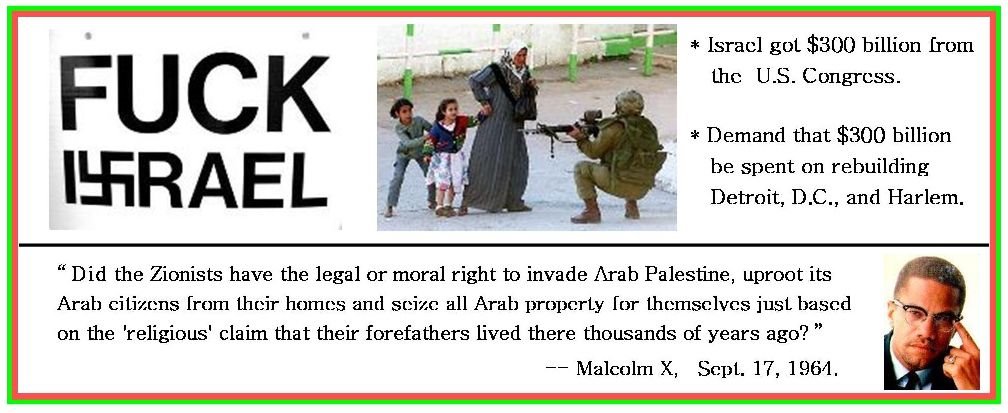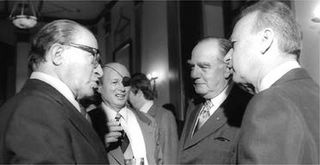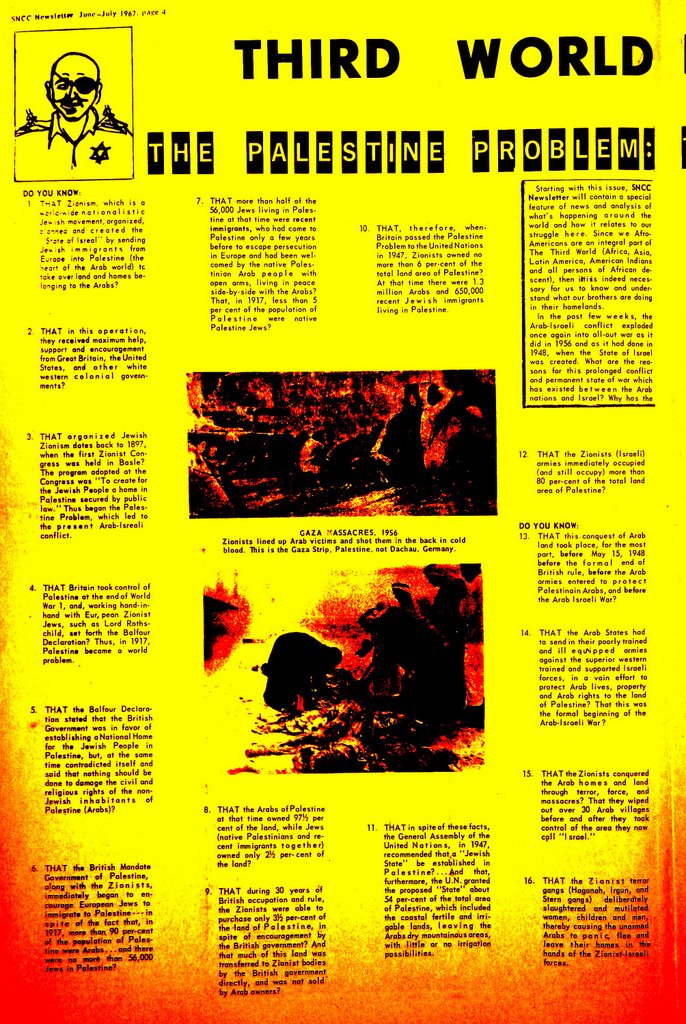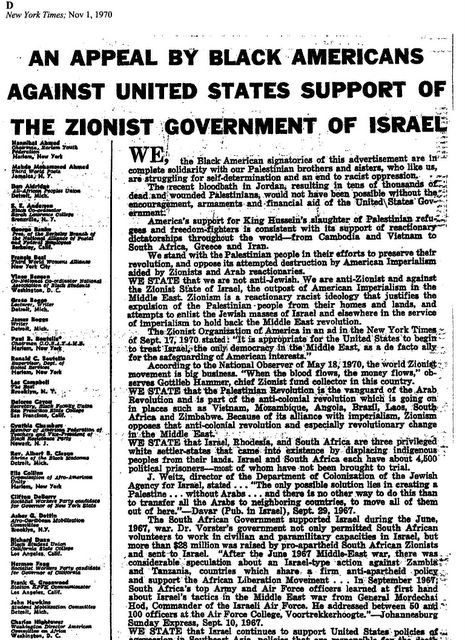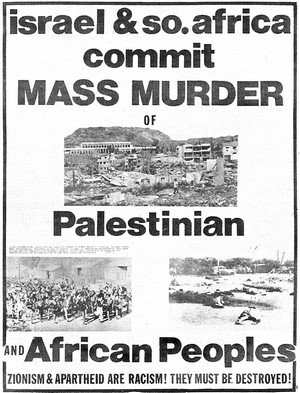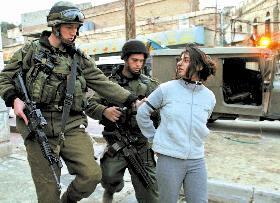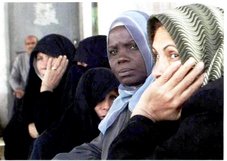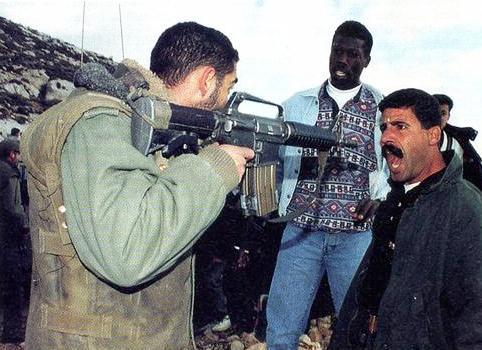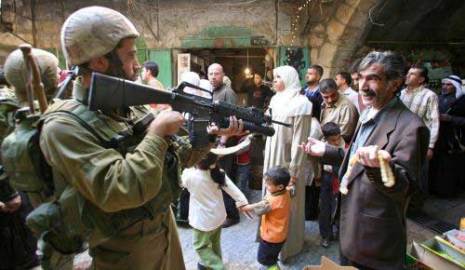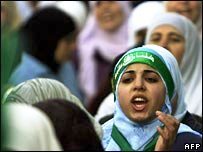 The Sharpeville Massacre:
The Sharpeville Massacre:The White Apartheid regime guns down peaceful protesters in South Africa.
March 21, 1960.
http://www.sharpeville.co.za/In_line/history_frame2.htm
"It took a while before some of marchers whom were right at the front line to grasp what was happening, as they stood still before attempting to run for their lives. Eye- witnesses said men, women and children fled ‘like rabbits’. In less than two minutes the police had managed to turn the joyful singing into wild screams, cries of those wounded and the silence of the dead.
"Outside the police station, hundreds of bodies laid abandoned in a pool of blood. As result of the excessive force used, 69 people were killed (although it is believed to have been more) with more than 300 hundred wounded. More than 80% of those killed were shot in the back, whilst fleeing for their lives. "
----------------------------------------------
Anti-Apartheid Movement
in Wikipedia: http://en.wikipedia.org/wiki/Anti-Apartheid_Movement
A customer boycott organization
In response to an appeal by Albert Luthuli, the Boycott Movement was founded in London on 26 June 1959 at a meeting of South African exiles and their supporters [2].
Julius Nyerere would summarize its purpose:
Julius Nyerere would summarize its purpose:
We are not asking you, the British people, for anything special. We are just asking you to withdraw your support from apartheid by not buying South African goods. [3].
Expansion and renaming
Just eight months after the Boycott Movement was founded, the Sharpeville massacre triggered an intensification of action. The response was the transformation of the group.
It was decided to rename the group as Anti-Apartheid Movement and instead of just a consumer boycott the group would now "co-ordinate all the anti-apartheid work and to keep South Africa's apartheid policy in the forefront of British politics."[1]
The member organizations were diverse and included the British Communist, Liberal and Labour Parties, as well as the Trade Union Congress (TUC), individual MPs, the NUS, several churches, and other non-governmental organizations working against apartheid.
At the time, the United Kingdom was South Africa's largest foreign investor and the ANC was still committed to peaceful resistance. Armed struggle through Umkhonto we Sizwe would only begin a year later.
Based in Ruskin House, the organization published the newspaper Boycott News. It organized public meetings in support of the African National Congress and the Pan Africanist Congress.
It was no longer limited to just South Africa. The AAM supported the struggles for freedom in Namibia, Zimbabwe and the former Portuguese colonies of Angola, Mozambique and, in West Africa, Guinea-Bissau.
The AAM scored it first major victory when it set upon the idea of forcing the exclusion of South African from the Commonwealth. The AAM found willing allies in the Afro-Asian and Caribbean Commonwealth member states.
Additional pressure was added by the involvement of Labour MP Barbara Castle who let a 72 hour vigil outside the 1961 Commonwealth Conference being held in London. The efforts were met with success when Verwoerd, the Prime Minister of South Africa at the time, issued a proclamation of the Republic in May 1961 announcing that South Africa was withdrawing its Commonwealth membership renewal application.
_____________________________________
UN INTERNATIONAL CAMPAIGN AGAINST APARTHEID
The United Nations efforts to promote public information and public action against apartheid began with the establishment of the Special Committee against Apartheid.
The General Assembly decided on the establishment of the Special Committee by resolution 1762 (XVII) of November 6, 1962, sponsored mostly by African States, which recommended a series of sanctions by Member States against South Africa and requested the Security Council to take measures, including sanctions and the suspension or expulsion of South Africa from the United Nations.
The Western Powers refused to accept membership of the Committee – the first committee to be boycotted by them.
While most observers expected that the Special Committee would be totally ineffective in dealing with a “perennial” issue, it took advantage of the boycott of the Western Powers to become a dynamic action-oriented committee. While it was established merely to keep the situation in South Africa under review between sessions of the General Assembly, it decided that its function could not be to produce more documents but to promote widest international action for the elimination of apartheid.
It approached Member States to encourage imposition of sanctions recommended by the General Assembly and obtained information on action taken by a great majority of States, some at great sacrifice, though not by the Western States and other major trading partners of South Africa...
__________________________________
__________________________________
